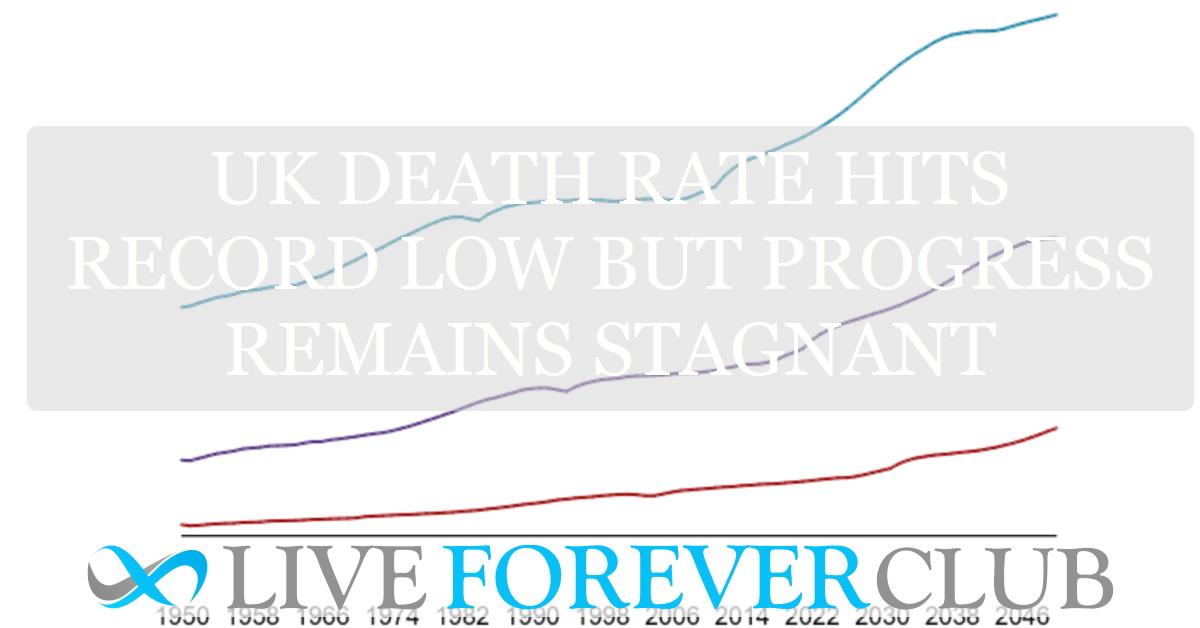Key points from article :
The UK death rate reached a record low in 2024, returning to pre-pandemic levels and slightly improving on the previous record set in 2019, according to an exclusive analysis for BBC News. While this appears to be good news, experts caution that it reflects a long-term trend of only gradual improvement rather than a significant breakthrough in public health. The study, conducted by the Continuous Mortality Investigation (CMI), highlights that while overall mortality rates have remained largely flat over the past five years, certain age groups and underlying risk factors present concerning trends.
Historically, the UK saw steady declines in mortality from 1974 to 2011 due to improvements in treating heart disease and reducing smoking. However, since 2011, progress has slowed considerably, with further gains becoming harder as previous public health interventions reached their limits. Rising risk factors—including obesity, poor diet, and low physical activity—combined with social inequalities and pressure on the NHS, have contributed to this stagnation. Some experts suggest that austerity measures following the 2008 financial crisis may have also played a role, though direct causation is debated.
Although most deaths occur among older people, researchers observed an alarming increase in death rates for those aged 20–44, particularly due to external and substance-related causes such as drug overdoses, alcohol-related deaths, accidents, homicides, and suicides. Scotland, in particular, has experienced rising drug-related deaths, diverging from trends in other Western European countries. Experts warn that without stronger public health initiatives and healthcare reforms, the UK risks falling further behind comparable nations in life expectancy and health outcomes.





